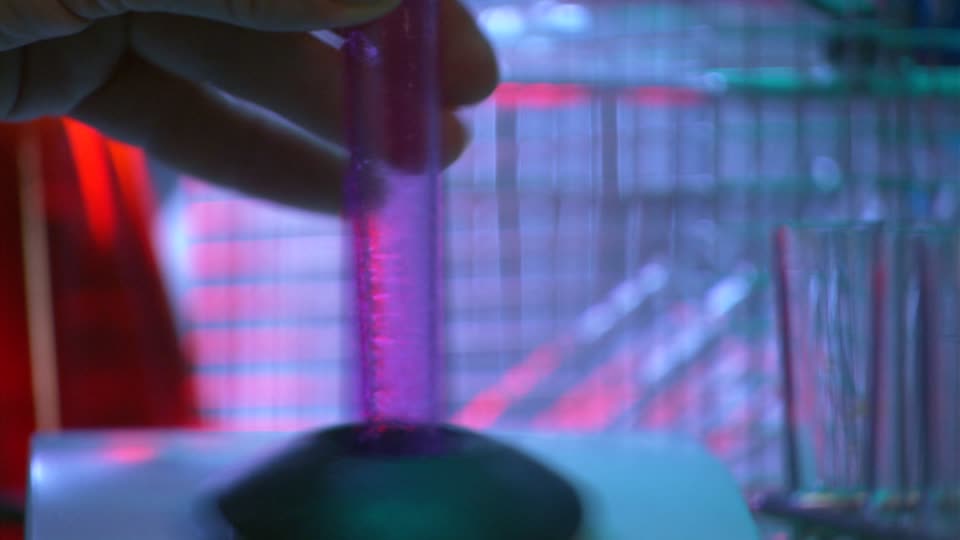
The Importance of Capturing Reference Ranges
Our customers always express hesitation regarding compliance when implementing our solution to automatically extract and structure clinical lab results from faxes and other non-interfaced sources to get them into the EMR as discrete, trendable data.
One of the many topics they bring up is “reference ranges” in clinical lab results. According to Title 42: Public Health – CFR 493.1291 – STANDARD: TEST REPORT,
…pertinent “reference intervals’’ or ‘‘normal’’ values, as determined by the laboratory performing the tests, must be available to the authorized person who ordered the tests and, if applicable, the individual responsible for using the test results.
If you are manually entering data into your EMR…
This requirement can often be overlooked by using or defaulting to built-in reference ranges from your own internal lab as the reference ranges for the external reports. This can lead to issues involving accuracy of flags and other safety and compliance issues.
Automating the extraction of all required information from faxes or other non-interfaced sources, ensures your patients’ safety and complete, compliant information in the EMR. Any solution you use should be matching patient and order level data, collecting physician demographic information, and capturing:
-
test names
-
results
-
reference ranges
-
units of measure
-
flags
-
collection dates and times
-
resulting lab/agency details
-
comments
If you are thinking “that’s too much work” to manually put all of the necessary information in, you may also think that you should just leave the clinical data in the fax and attach the fax to the patient or order level.
How much work is that
generating for your clinicians?
Do they have
to open them all?
How much time to find
the information they need?
What decision support
mechanisms are there to
help them compare past
results and related them
to other results in the EMR?
By automating clinical lab result extraction, structuring and sending to the EMR, you save your organization time, ensure the accuracy of the data, and ensure the right data is in the right place to help your clinicians make the best quality of care decisions possible.
To request a demo of our automated extraction solution or to learn more, click the button below.


